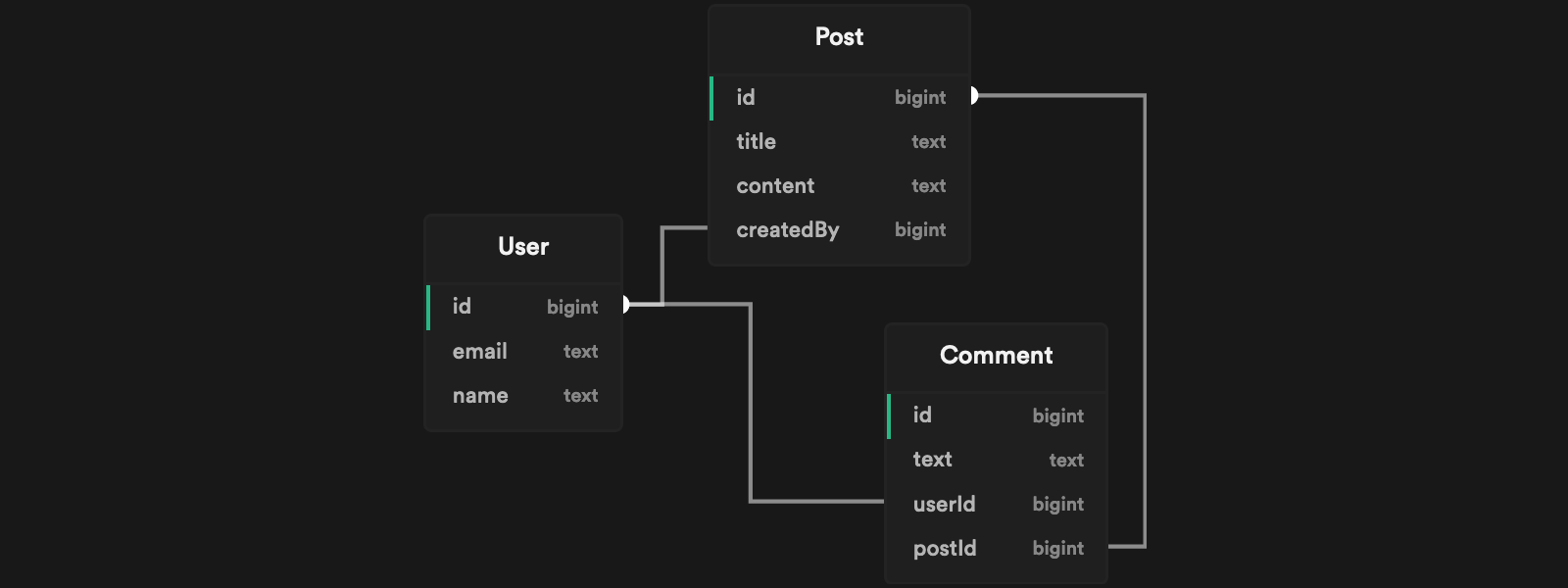Seeding your database
Populate your database with initial data for reproducible environments across local and testing.
When you run supabase init we create an empty seed.sql file in the root of the supabase folder. You can use this to populate your database with seed data.
What is seed data?
Seeding is the process of populating a database with initial data, typically used to provide sample or default records for testing and development purposes. You can use this to create "reproducible environments" for local development, staging, and production.
Using the seed file
The seed.sql file is run every time you run supabase start or supabase db reset. Seeding is done after all the database migrations have been run. As a general rule, you should not add schema statements to your seed file, only data.
You can add any SQL statements to this file. For example:
Generating seed data
You can generate seed data for local development using Snaplet.
To use Snaplet, you need to have Node.js and npm installed. You can add Node.js to your project by running npm init -y in your project directory.
If this is your first time using Snaplet to seed your project, you'll need to set up Snaplet with the following command:
_10npx @snaplet/seed init
This command will analyze your database and its structure, and then generate a JavaScript client which can be used to define exactly how your data should be generated using code. The init command generates a configuration file, seed.config.ts and an example script, seed.ts, as a starting point.
During init if you are not using an Object Relational Mapper (ORM) or your ORM is not in the supported list, choose node-postgres.
In most cases you only want to generate data for specific schemas or tables. This is defined with select. Here is an example seed.config.ts configuration file:
_11export default defineConfig({_11 adapter: async () => {_11 const client = new Client({_11 connectionString: 'postgresql://postgres:postgres@localhost:54322/postgres',_11 })_11 await client.connect()_11 return new SeedPg(client)_11 },_11 // We only want to generate data for the public schema_11 select: ['!*', 'public.*'],_11})
Suppose you have a database with the following schema:

You can use the seed script example generated by Snaplet seed.ts to define the values you want to generate. For example:
- A
Postwith the title"There is a lot of snow around here!" - The
Post.createdByuser with an email address ending in"@acme.org" - Three
Post.commentsfrom three different users.
Running npx tsx seed.ts > supabase/seed.sql generates the relevant SQL statements inside your supabase/seed.sql file:
_18-- The `Post.createdBy` user with an email address ending in `"@acme.org"`_18INSERT INTO "User" (name, email) VALUES ("John Snow", "snow@acme.org")_18_18--- A `Post` with the title `"There is a lot of snow around here!"`_18INSERT INTO "Post" (title, content, createdBy) VALUES (_18 "There is a lot of snow around here!",_18 "Lorem ipsum dolar",_18 1)_18_18--- Three `Post.Comment` from three different users._18INSERT INTO "User" (name, email) VALUES ("Stephanie Shadow", "shadow@domain.com")_18INSERT INTO "Comment" (text, userId, postId) VALUES ("I love cheese", 2, 1)_18_18INSERT INTO "User" (name, email) VALUES ("John Rambo", "rambo@trymore.dev")_18INSERT INTO "Comment" (text, userId, postId) VALUES ("Lorem ipsum dolar sit", 3, 1)_18_18INSERT INTO "User" (name, email) VALUES ("Steven Plank", "s@plank.org")_18INSERT INTO "Comment" (text, userId, postId) VALUES ("Actually, that's not correct...", 4, 1)
Whenever your database structure changes, you will need to regenerate @snaplet/seed to keep it in sync with the new structure. You can do this by running:
_10npx @snaplet/seed sync
You can further enhance your seed script by using Large Language Models to generate more realistic data. To enable this feature, set one of the following environment variables in your .env file:
_10OPENAI_API_KEY=<your_openai_api_key>_10GROQ_API_KEY=<your_groq_api_key>
After setting the environment variables, run the following commands to sync and generate the seed data:
_10npx @snaplet/seed sync_10npx tsx seed.ts > supabase/seed.sql
For more information, check out Snaplet's seed documentation